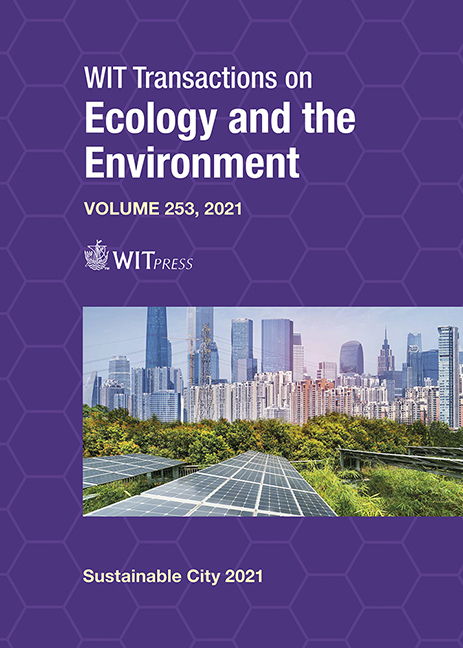MEASURING PARTICIPATION: A COMPARATIVE STUDY OF CITIZEN ENGAGEMENT PROCESSES IN URBAN PLANNING
Price
Free (open access)
Transaction
Volume
253
Pages
13
Page Range
279 - 291
Published
2021
Size
459 kb
Paper DOI
10.2495/SC210241
Copyright
Author(s)
JONE BELAUSTEGUIGOITIA, IRATI ALONSO, ANE CHUECA, ANE ELIZEGI, SOFÍA HIERRO, LUCÍA OLAVARRI, ESTIBALIZ SANZ
Abstract
While there is a growing practice of engagement processes in urban planning, with diverse strategies and actions, there are still many questions regarding the evaluation; the gap being how to conclude that a process has been successful or not, and in what terms. In this context, this paper analyses a series of international reference models over the last fifty years, including levels of participation (Arnstein, UN-Habitat, IAP2), key performance indicators (IISD), evaluation guidelines (IOPD) and quality standards and indicators for community engagement (NSfCE, OGP, UNICEF). Based on this analysis, the research proposes an evaluative framework specific for citizen engagement in urban design and planning processes. The framework includes consists of six standards, with quantitative and qualitative indicators to consider both a process’s outputs as its outcomes. The standards are: scope (level of engagement, process planning and structure), inclusion (diversity and quantity of stakeholders by gender, age, stake-holder type and others), mechanisms (typology, diversity and outreach), communication, building capacity (raising awareness and understanding), and impact (contribution to the urban plan). The research applies the framework to conduct a comparative study among cases of engagement processes in municipal-scale urban planning in the Basque Country, Navarre and Cantabria, in the north of Spain. Six case studies include small- and medium-sized towns and cities with a wide range in scale, from 4,000 to 350,000 people, and both pre-COVID and during- COVID experiences. Results reveal tendencies, common benefits and challenges. Conclusions allow for a better understanding of the matter and expect to be useful and transferable to future urban planning-related engagement processes in order to overcome initial preconceptions, avoid false expectations, and better design and undertake them to increase their social impact and contribution to the urban plans they are framed within.
Keywords
citizen engagement, public participation, urban planning, inclusive urbanism





